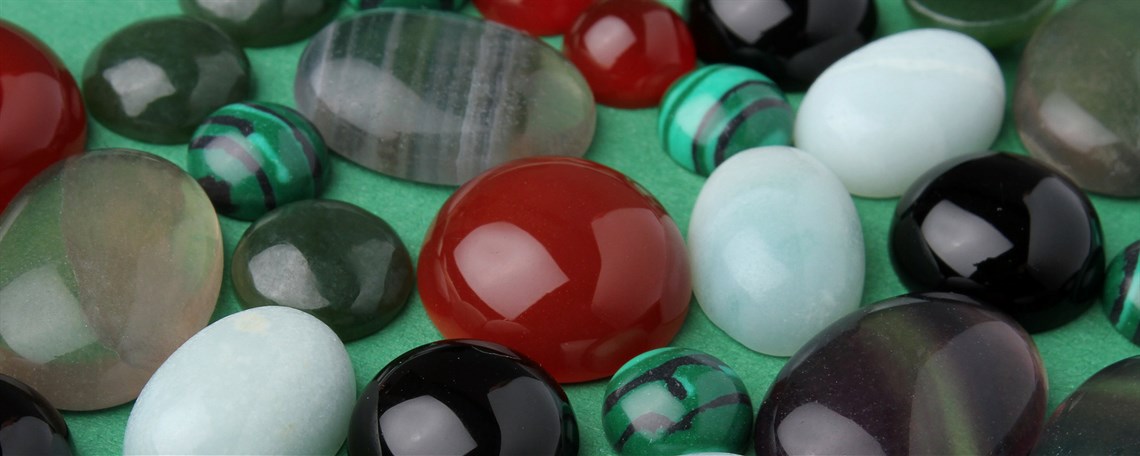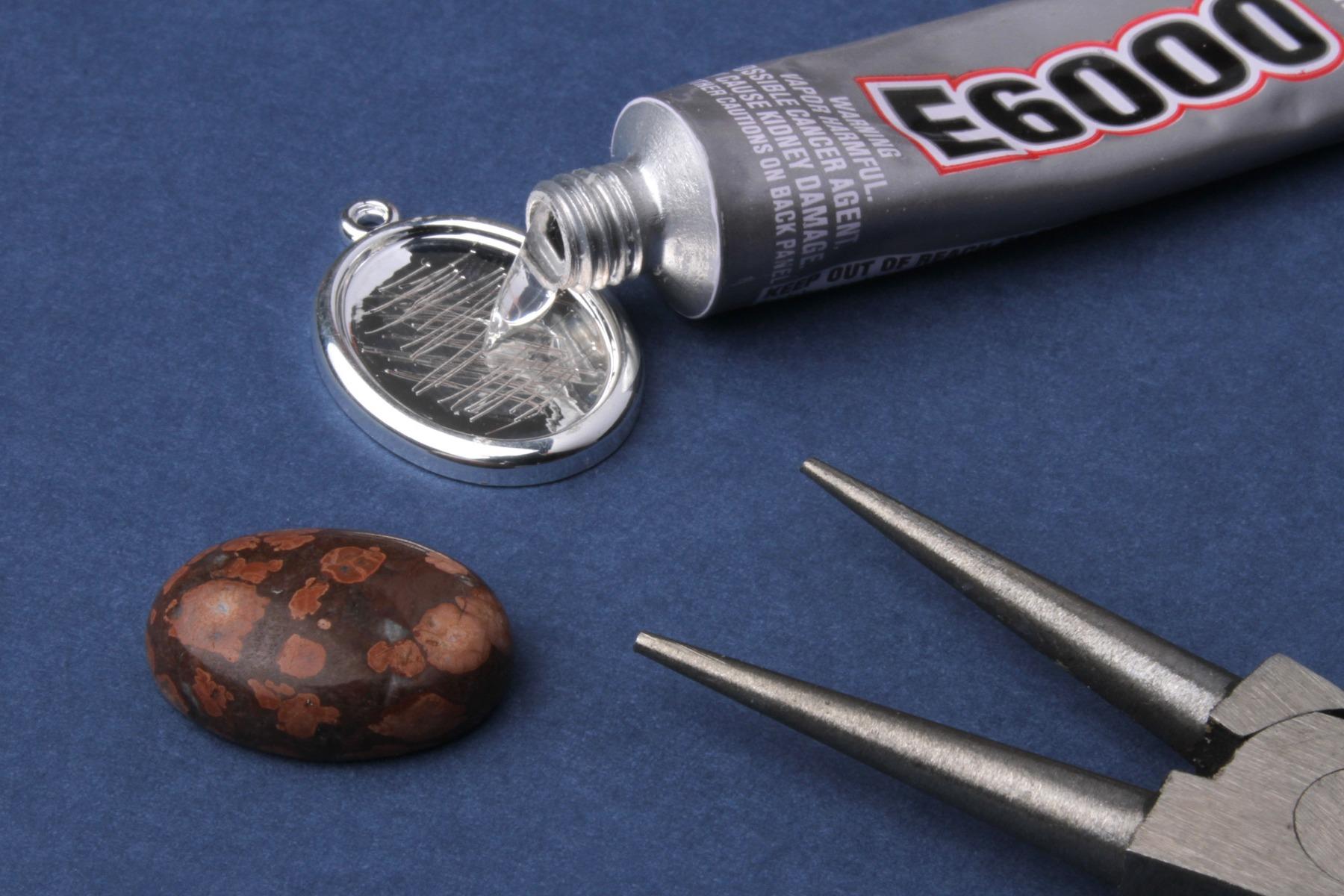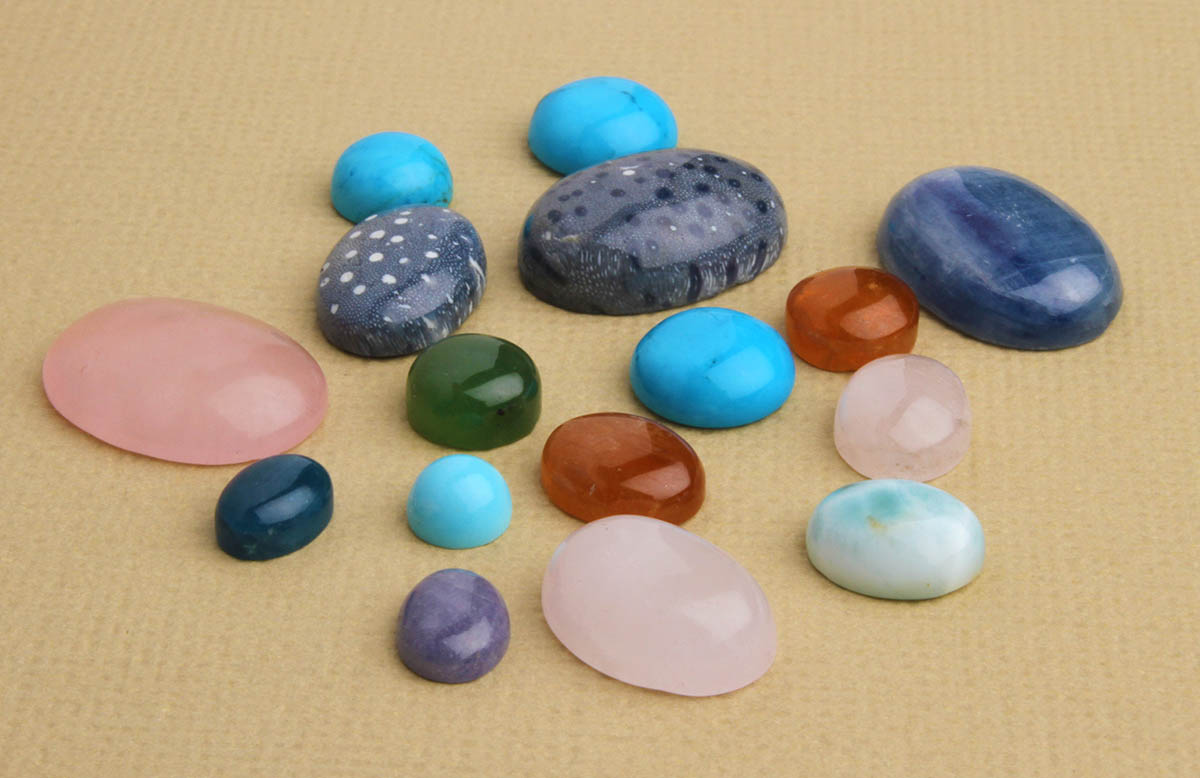What Is a Cabochon?
Published date: 09 June 2020

A cabochon is a flat-backed gemstone that, classically, has a domed top. Cabochons provide an easy solution for adding gemstones into your design without necessarily requiring any advanced jewellery-making techniques. They can be glued into cup settings. However, it’s worth learning the skillset required to set your own cabochons by creating your own bezel cups with silversmithing techniques.
The History of Cabochons
Gem cutting, or lapidary as it’s also known, has a long history. Cabochon cutting – cutting and shaping gemstones with their rounded surface – is one of the oldest methods of gem cutting. This historic tradition is said to date right back to prehistoric times, when man taught himself to make tools from stone, but it was after development of the grinding wheel, that cabochon cutting really began to come into its own, alongside the other technique of faceting. Idar-Oberstein, a small town in the Hunsruck Mountains in the south-west of Germany, became renowned as the gem-cutting capital of the world. In the early 1900s, the industry transferred to China and has developed a skilled lapidary industry of international notoriety.
Setting your own cabochons
Setting into cups with glue requires calibrated cabochons. These are cabochons cut to a specifically measured size, usually round or oval shaped and just slightly smaller than the cup size. You would need to buy matching-sized cups and cabochons and they should fit – for example, a 6mm cabochon will fit in a 6mm cup. We stock a large range of high-quality fashion jewellery components for the addition of cabochons called BH Stampings and a growing selection of designed sterling silver settings as well as classic cup jewellery fittings.
If silversmithing and creating your own bezel settings by hand, any size cabochon may be used as the silver is worked to the specific size of the cabochon. Often freeform cabochons maybe favoured. These are irregular in size and give an interesting shape to the jewellery based around the stone shape.
When creating earrings with cabochons, especially if you’re working with a patterned gemstone, you are likely to want to pick matching cabochons. You should be able to match across a number of cabochons, but you can request that your cabochons are paired for a small fee per pair – the Burhouse team will endeavour to pick two matching cabochons. Simply add the pairing fee to your order for the number of pairs you require matching.
Introducing the Burhouse offering
We run a catalogued range of cabochons in over 800 different sizes and gemstone types. Many of our items are kept constantly in stock. Where a cabochon is listed as a ‘special’, it may not be repeatable due to its stone availability or grade availability. However, we will always do our best to try and restock these.
Some cabochons maybe listed as high dome or low dome – this refers to the height of the cabochon/profile. You will also find faceted top and flat top within our wholesale jewellery selection, as well as a wide range of gemstones. These range from popular Rose quartz, Agates and Amethyst through to more unique and special gemstones types including Kyanite and Charoite.
And a final thought? A tip for when gluing cabochons into settings is to use two-part glue, which gives the strongest hold. You should also score the back of the cabochon and the cup before gluing as this will give the glue a surface to adhere to.



